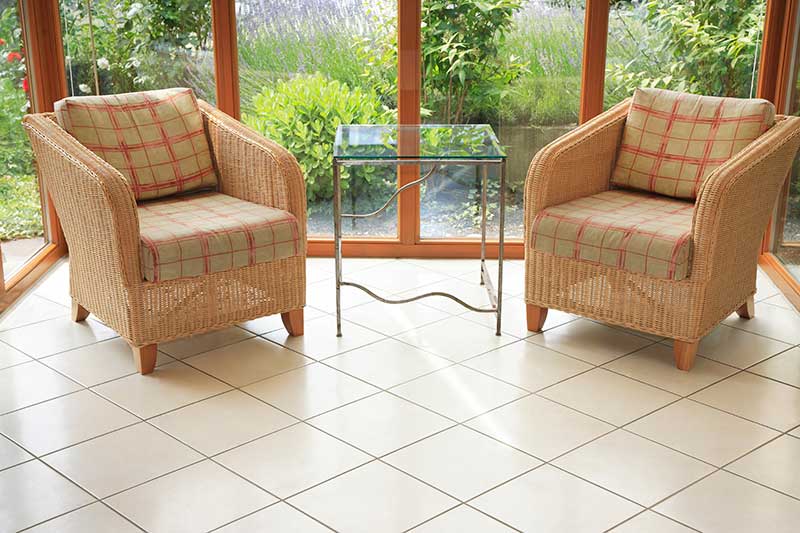Thinking about upgrading your home’s heating system? In this article we’ll explore the main differences between underfloor heating and more traditional heating systems, showing you how heated floors are a smarter, more energy-efficient way to heat a home. You’ll find out:
- How underfloor heating saves more energy than radiators
- The ways an underfloor heating system improves comfort and air quality
- The cost-savings achieved by floor heating
- How Warmup’s systems make your home more stylish
- Why floor heaters require less maintenance than central heating
Pros and Cons: Heated Floors vs. Radiators
If you’re deciding between heated floors and radiators for your home, it’s a good idea to compare their key strengths and limitations. While radiators have been the traditional choice for years, underfloor heating offers modern advantages for a more comfortable, energy-efficient home.
To explore the differences between floor heating and radiators, here’s a quick comparison:
| Feature | Heated Floors (Underfloor Heating) | Radiators |
| Energy Efficiency | ✅ Saves up to 35% energy. | ❌ Less efficient, with higher levels of heat loss. |
| Comfort | ✅ Consistent warmth with no hot or cold spots. | ❌ Uneven heating which can cause discomfort. |
| Air Quality | ✅ No dust circulation, ideal for allergy sufferers. | ❌ Circulates dust and dries the air. |
| Running Costs | ✅ Can lower energy bills due to efficient zoned heat control. | ❌ Higher energy costs. |
| Design Freedom | ✅ Hidden heating system, freeing up wall and floor space. | ❌ Takes up valuable space and limits design. |
| Maintenance | ✅ Minimal upkeep after installation. | ❌ Regular servicing and bleeding required. |
| Installation Costs | ❌ Higher upfront investment, especially for retrofits. | ✅ Lower initial cost for quick installations. |
| Retrofitting Feasibility | ❌ Can be challenging in older homes. | ✅ Easy to retrofit without major disruption. |
Underfloor heating is up to 35% more efficient than traditional central heating systems.
Central heating systems using radiators have remained more or less unchanged for nearly one hundred years and as such, these systems aren’t as efficient at heating a home as they once were. Underfloor heating systems utilize radiant heat technology to warm a room in a much more environmentally friendly and energy-efficient way. Radiant heating warms a room from the ground up, directly heating the objects and people in the space, as opposed to central heating which uses convection heating to just heat the air of the space. This process reduces heat loss and uses less energy to reach optimal comfort temperatures compared to traditional radiators – reducing energy usage by up to 35%.
You can choose between electric floor heaters and water UFH systems to bring these energy-saving benefits to your home. Our electric systems offer quick heat-up times and are perfect for bringing sustainable warmth to renovation projects.
Floor heating makes your home more comfortable.
The air heated by a radiator rises towards the ceiling and, once this warm air has cooled down, it falls down to the ground level to be heated by the convection of the radiator again. This creates a flow of hot and cold air and inevitably, hot and cold spots in your home with the possibility of overheating and underheating. Underfloor heating maintains an ideal level of warmth across the whole space, with no hot and cold spots and an even spread of heat.
Floor heating also maintains the natural humidity in a room, whereas a radiator’s convection of warm air tends to reduce humidity, which can make the heated area feel stuffy. Rising air temperature through conventional heating can cause discomfort and overheating, which in turn can reduce oxygen levels, and ultimately breathing problems if the air is too warm. Radiant floor heating provides heat where it is needed and reduces the risk of overheating.
Underfloor heating offers lower running costs.
The overheating and underheating typically produced by radiators results in an inefficient way to heat your home and can dramatically increase the cost of your heating bills. Underfloor heating can provide substantially lower running costs than central heating systems, saving you hundreds of pounds a year. Warmup’s range of underfloor heating systems provide quicker heat-up times and operates at lower temperatures than radiators whilst still producing the same level of warmth.
You can enhance the cost-saving technology of floor heating by installing insulation and by using Smart multi-zone thermostats to control the system. Insulation improves the responsiveness of floor heaters and ensures that the heat produced by the system will not escape the space, lowering the levels of heat-loss in your home which, in turn, reduces energy waste and energy consumption.
Smart Thermostats improve energy performance by ensuring only the spaces that are required to be warm are heated – typically referred to as “zoned heating.” Underfloor heating allows you heat your home on a room-by-room basis, with a thermostat controlling each specific zone which greatly improves its efficiency. Conventional radiator systems, however, tend to heat up throughout the whole house at once, based on a central thermostat. This can cause overheating and underheating depending on the thermostat location and is less efficient than heating individual zones. Our Smart technology also facilitates automatic heat functionality, offering radiant warmth at the right temperature, at the right time, automatically with less wasted energy.
Underfloor heating makes designing your home easier than ever.
Radiator systems require visible pipework which can disrupt your home’s interior design, with wall space being allocated as necessary. This becomes extremely problematic especially in small spaces such as bathrooms, where every inch matters. But underfloor heating is a decorator’s dream; it does not take up any wall or floor space as the heat source is within the floor itself. It will also not restrict the placement of furniture and gives full design freedom, allowing you to design your dream home with no limitations.
A floor heating system requires little-to-no maintenance.
Unlike central heating systems, underfloor heating doesn’t require much in the way of upkeep. Once installed, our range of systems can provide your home with sustainable, stress-free warmth without the need for servicing. Learn more about the ease of maintaining underfloor heating in our informative article.
Can I use underfloor heating and radiators together?
Yes, you can. Underfloor heating and radiators can work together as a hybrid system, offering a more flexible heating solution for larger homes with diverse heating needs.
How heated floors and wall-mounted radiators work together:
- Underfloor heating can be used on a specific floor of a property with radiators used on other levels.
- Electric radiant heating can be used within specific rooms of your home, such as your bathroom and kitchen, with radiators used in the other rooms.
- Warmup’s Smart thermostats can manage both heating systems independently or together for optimal efficiency.
The benefits of hybrid heating for your home:
- Comfort: Consistent levels of warmth throughout the space with easy control.
- Flexibility: Ideal for retrofitting applications in buildings where installing floor heating throughout isn’t feasible.
- Efficiency: Smart multi-zone heat control ensures energy is used only where and when it is needed.
Some considerations before you purchase your new heating system:
- You should ensure your hybrid heating solution is compatible with existing heat source or whether you need to install a new heat source.
- All installation work should be conducted by a professional.
A hybrid system lets you enjoy the best of both heating solutions. Consult Warmup for expert advice to design the perfect setup for your home.
Can I replace my radiators with underfloor heating?
Yes, you can. Underfloor heating is great heating solution for both new-build homes and refurbishment projects and replacing your home’s radiators with a new underfloor heating system is possible depending on the property’s heat loss. Conducting a heat loss calculation will tell you whether the heat output of a new floor heating system meets the heating requirement of the room or area; the maximum heat output must be larger than the maximum heat loss in order to have enough heat in the room. Want to learn more about heat loss? Read our expert article to find out how best to conduct a heat loss assessment.
Floor heaters can also be used a secondary heating if you’re looking to bring this energy-saving warmth to just one part of your home. Our electric heaters are a popular choice for both single-room renovations and larger spaces.
Interested in finding the best floor heating system to replace your radiator? Get a free, instant quote and we’ll help select the most appropriate system for your needs and tell you exactly how much it will cost to purchase.







![Thumbnail [200x250]](/wp-content/uploads/Indoor-Systems-Page-Image.png)
![Thumbnail [200x250]](/wp-content/uploads/image-13.png)
![Thumbnail [200x250]](/wp-content/uploads/Projects-Image.png)